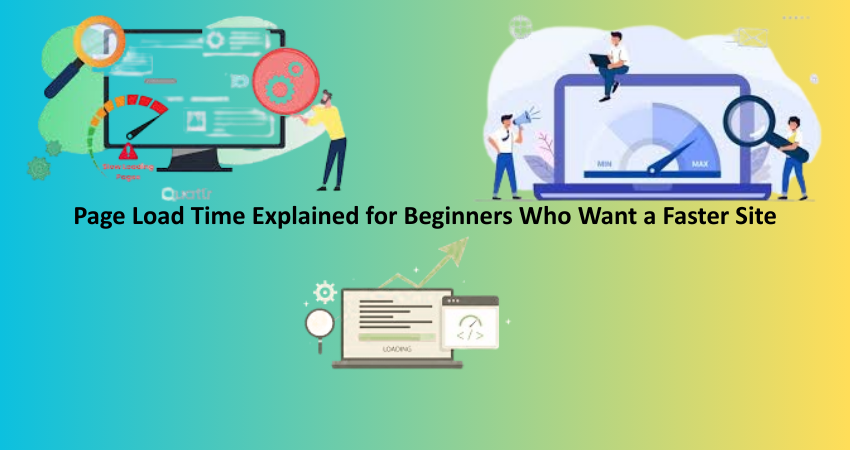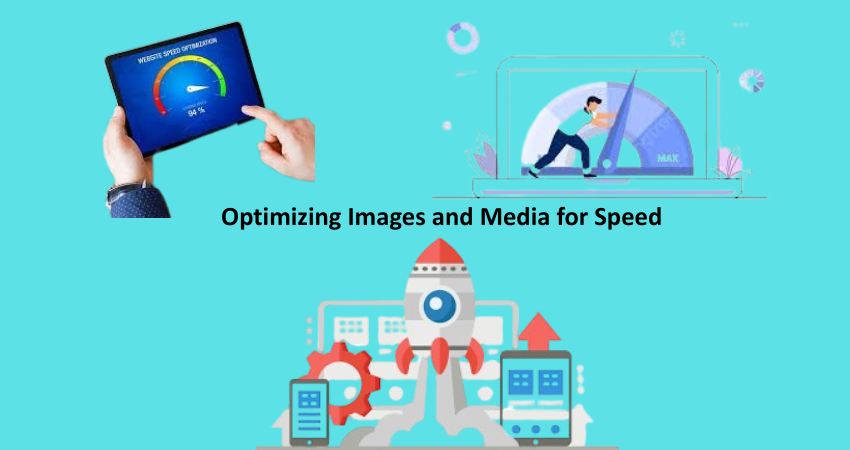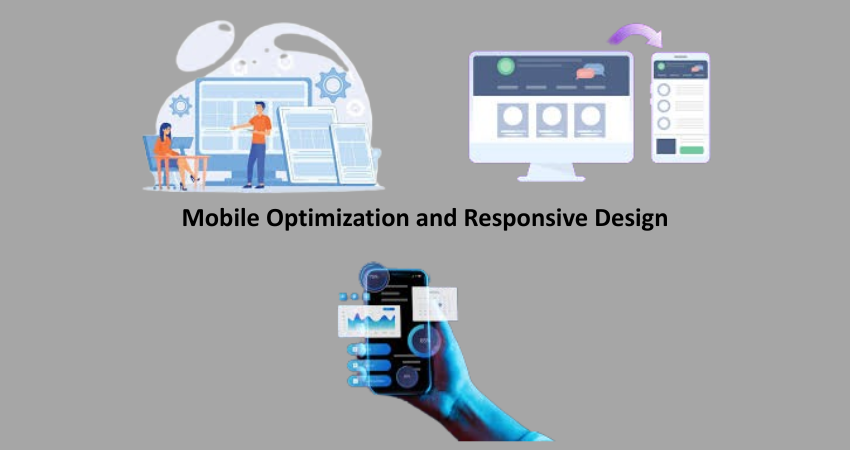
The load time is the minor technical detail but, in fact, is one of the most crucial elements to determine a site’s success or failure. Slower loading pages cause visitors to lose their patience and click away without really seeing your content. Speed equals satisfaction in today’s world, and there is no competition for a slow website.
Understanding what may affect load time and how to optimize it can be really helpful for beginners trying to improve website performance. This goes for anyone running a personal blog, an e-commerce shop, or a company site: improving your page load speed can help enhance user experience, SEO rankings, and conversion rates.
Understanding Page Load Time
What Is Page Load Time?
It refers to the time taken by a web page to be completely displayed on a browser after a user requests; that includes everything, from server response to the loading of all page assets such as pictures, CSS, and JavaScript. The metric usually is recorded in seconds, where even a one-second delay can seriously harm user satisfaction.
There are so many other types of load time metrics such as First Contentful Paint (FCP), Time to Interactive (TTI), and Largest Contentful Paint (LCP), so each gives you a different way to look at how fast a page becomes usable for the end-user, meaning you should really consider more than one speed metric.
Why Page Load Time Affects User Experience
It has a good experience for the user as loading a website fast gives a smooth flow to his operation. It is established that, if a site takes more than three seconds to download, traffic is down by 40 per cent. Higher bounce rates and less engagement, especially on mobile devices, may be experienced since users are less patient when cooling off with a device.
Not only are slow load times a property sometimes associated with older sites, but they can also make a site feel unreliable. This is because speed is often associated with professionalism and trustworthiness in a visitant’s point of view. They may form the impression that your business has not been managed appropriately or lacks credibility if your website tends to load slowly, even while content or services are actually of the highest quality.
The Technical Components Behind Page Load Time
How Browsers Render Web Pages
When a viewer calls upon any page from the web, the browser, treated as an intermediary agent, contacts your server and gets the HTML code. Then, it proceeds to render it step by step while gathering and loading external images, CSS stylesheets, JavaScript files, and fonts. Each one of these must be downloaded and parsed before application to be blended with the rest of the finished page.
The process consists, so to speak, of many stages, such as DNS lookup and other forms of initialization, making the server connection, requesting the file, rendering it, and getting it ready for interaction. Long page loads are usually the result of one or another taking too long; for example, delays due to servers, unoptimized assets, or poorly written scripts.
Common Elements That Slow Down Your Site
Heavy image files, uncompressed files, and too many external scripts are among some of the greatest culprits behind slow websites. Every request made by the browser adds to the overall loading time. If you have ten massive images and five tracking scripts on your site, it’s going to take much longer than a simple page with lightweight content.
Web fonts, embedded videos, and third-party widgets could all pose potential problems. Even trivial things that might be considered trivial, such as not properly minifying CSS or JavaScript, will add up to slow loading times. Identifying these factors and optimizing them will help improve speed.
Tools to Measure Page Speed

Google PageSpeed Insights
Google PageSpeed Insights, probably the easiest web speed evaluation tool for a beginner, takes a URL and inspects it, giving performance scores for both mobile and desktop, and detailed suggestions for improvements. It refers to the things that matter most in core web vitals for SEO rankings: LCP, FID, and CLS.
Besides performance, it details which files or resources lead to slowness. This gives users good information for deciding what to focus on when optimizing the site. As this tool is free from Google, many developers and site owners start with it.
Other Useful Speed Tools
Among the rest of the offerings such as GTmetrix, WebPageTest, and Pingdom, Google’s applications offer deep insight and advanced features for site speed testing. These services provide a view of the site from different geographical locations and various simulated network speeds, with a waterfall chart depicting load time for each individual asset. They are all good at different things. GTmetrix, in this case, presents a rendering timeline that helps to identify bottlenecks. Testing the performance of a site under varying conditions is something the WebPageTest does quite well. A complete evaluation of a site’s speed and stability gets drawn when metrics obtained from complementary tools are compared.
Optimizing Images and Media for Speed
Image Compression Techniques
An Image is often the biggest file on a webpage, and it is likely to be among the biggest areas of improvement for speed optimization. Compressed images using TinyPNG or ImageOptim will also result in less file size without compromising image quality. Further, there are other web formats like WebP that give one a lot more compression than any normal JPEG or PNG format.
Lazy loading is another wise technique-it delays loading until images are required. New uploads can also be ensured to be compressed by running the image compression plugin through the CMS automation or build processes.
Video and Audio Best Practices
Never, ever let large media files, either audio or video, be auto-loaded on a page unless there was an absolute necessity for it: oftentimes these things would do better by being hosted elsewhere-for example on YouTube or Vimeo- and do uploading their direct link rather than upload via one’s server. If self-hosting is inevitable, the most advanced codec should be used and compressed file sizes should be small, with special attention given to preloading and autoplaying them; these could improve both speed and user control of the media content.
Minimizing and Managing Code
Minifying CSS, JavaScript, and HTML
The code can be minified into removing every boring and incidental character like spaces between them and also comments and line-breaks to avoid disrupting the functional process. Minification really brings into life tools like UglifyJS, CSSNano or HTMLMinifier that can transform code into a smaller size and a more immediate download.
The degree of minimized code is that they load really fast when they are run because they are light on the bandwidth and their parsing engenders little strain to the browser. Nowadays, the modern building tools and management systems of content actually have built-in features for minification, either embedded or as plugins, thus making it possible to easily incorporate such minification efforts into your workflow.
Combining and Deferring Files
Combining multiple files of CSS or JavaScript into a single file minimizes the number of HTTP requests to load a page, therefore giving performance boosts on poorer browsers and slower networks. But a balance must be established with regard, mostly, to caching strategies and modular code maintenance. Deferring the execution of JavaScript until after the rendering of the page for the full performance benefit, is duly implemented. This provides for the first load of content that is key to user interaction with your site while other scripts load in the background.
Improving Server and Hosting Performance
Choosing the Right Hosting Provider
The hosting service connects websites at speeds. The less expensive a shared hosting service becomes, the more its hitches due to server resources and delays in response. Upgrading to VPS or dedicated hosting would be wise, as those host services provide really fair performance and reliability.
Cloud hosting services such as AWS, Google Cloud, and DigitalOcean are able to provide scaled services on demand in response to traffic changes. Managed WordPress hosting uses services such as WP Engine or Kinsta, which offer performance-tuned solutions in addition to performance improvement-focused support.
Enabling Caching and CDNs
Caching enables browsers to hold copies of your site for faster loading on a return visit. Either server-side or browser caching or object caching can profoundly impact load time. Most Content Management Systems come with their own caching or support plugins for that. A Content Delivery Network (CDN) spreads your content across numerous servers around the globe to ensure that the content is served from the closest location to the user for fast delivery. Cloudflare and Fastly are widely used to improve speed and decrease latency while increasing security.
Mobile Optimization and Responsive Design

Why Mobile Speed Is Critical
Desktop computers were recently big in the tech world, however, nowadays websites are being accessed far more through smartphones than desktop computers. So if yours is not a mobile-optimized site, you are indeed losing some potential visitors. Furthermore, Google operates mobile-first indexing, whereby the mobile aspect of your site is what really counts in the search rankings as opposed to the desktop version.
Mobile optimization factors in both the responsive design and the faster-loading images, simple layouts, and avoidance of heavy scripting. Reducing the number of elements and keeping your website light can translate into substantial gains in speed on mobile devices.
Responsive Design Techniques That Help Speed
Responsive design is employing liquid grids, utilisation of media queries, and adaptable images such that your site would look just fine on any device. But if you implement it rightly, it can speed things up.
Instead of hiding huge desktop elements with CSS for mobile use, you load them all up and affect performanceissues. Try conditional loading so that you can load only the relevant asset to your user’s device. These are examples of the picture-responsive image tags (<picture>), which would load different sizes of images and improve your performance and aesthetics across devices with resolution.
Conclusion: Faster Sites Win the Race
It doesn’t require being a developer to learn and understand page load time optimization; it just requires everyone to learn if they want to succeed in their online endeavors. The little things-all the right hosting and image compression, reduced code, CDNs-do add up in time.
If you’re just getting started, you can do simple things like compressing your images and adding caching. As time passes, you gain confidence to go in for deeper optimizations. A faster website is not an indulgence; it is a competitive edge that will improve one’s SEO, user retention, and conversion rates drastically.